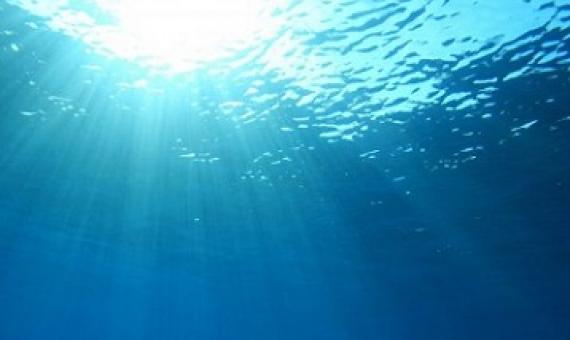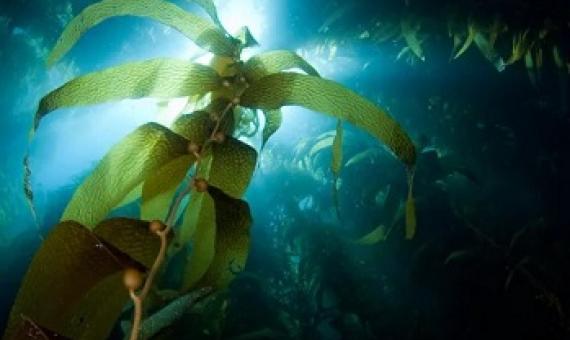Global Distribution of Seamounts and Knolls
This dataset shows the global distribution of seamounts and knolls identified using global bathymetric data at 30 arc-sec resolution. A total of 33,452 seamounts and 138,412 knolls were identified, representing the largest global set of identified seamounts and knolls to date. Seamount habitat was found to constitute approximately 4.7% of the ocean floor, whilst knolls covered 16.3%.
The research leading to these results received funding from the European Community’s Seventh Framework Programme, and from the International Union for Conservation of Nature (IUCN).









